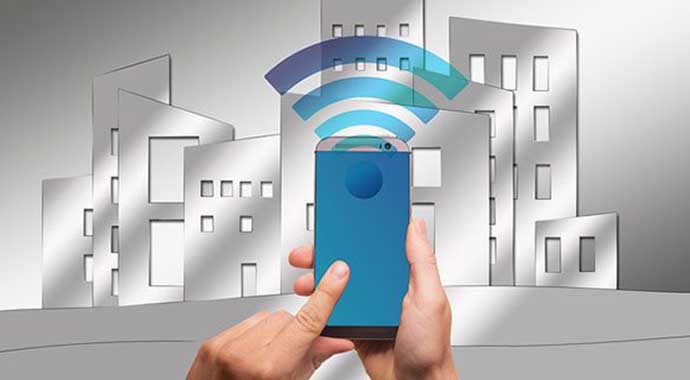
Today we live in such a technologically advanced world that even something as common as a coffee machine can be connected to your home network. Many of the home’s tools are now online, and smart homes can thus integrate all the home’s devices in an efficient and optimal way. IoT makes everyday life easier, but the danger of cybercrime also lurks in the entire digital online setup. This article provides a complete guide on how to protect your smart home against hacking or other cyber-criminal acts.
Protecting the home network is essential
A smart home is often a more extensive network of smaller devices that are connected to an overall smart home solution. This can be anything from smart TVs, smart locks, smart speakers, and security equipment such as web cameras and the like. As a user, you can choose to secure all the different smart home devices individually via various security measures. Still, a more accessible and effective solution is to secure your network as a whole.
Your entire smart home system runs on the same network, which is powered by the home’s router. So instead of protecting the devices individually, you can protect the network and the router, bringing together network security under a single umbrella. There are several ways to increase your network security and thus protect your smart home. We look at the most important ones here.
Use a VPN on your router
Using a VPN on your router is one of the most effective solutions to secure your smart home devices under overall protection. A VPN will ensure that all data traffic is sent to and from all devices on your home network via an encrypted tunnel. Since here you choose to use a VPN on the router rather than a VPN on a specific device, you will protect all internet-connected devices on your network. Some VPN providers even offer additional security features. For example, NordVPN has a feature called Threat protection, which blocks all incoming malware.
Update the router with the latest firewall
Although routers themselves have built-in firewalls, they are often not always sufficient to avoid all the new and different cyber attacks on the way. It is, therefore, advantageous to invest in a new, updated firewall for your router so that you are up-to-date on current malware threats.
Use MAC filtering on the router
All internet-connected devices have a so-called MAC address, which they use to be able to be identified on the network when, for example, they ‘talk’ to a router. In this connection, you can configure your router only to accept specially selected MAC addresses that you have handpicked. This is also called MAC filtering and is an effective way to avoid the presence of outside devices on your network. With MAC filtering, you have instructed the router in advance on which devices it may accept.
Create a strong and complex password for your router
Your router does not necessarily come with a standard password from the manufacturer. When you have set up your new router, you must make sure to create a password for the router and the network yourself. It is, first and foremost, crucial that you create a password to begin with, and it is ultimately just as important that the password in question is complex and unique. Don’t fall into the classic trap where you end up creating an overly easy and transparent password due to a lack of time or inspiration. In that case, you can choose to use a password manager instead.
Hide your network name in the list of available networks
By default, your network name (SSID) will pop up in the list of available networks when someone within range opens this feature on their device. But it doesn’t have to be that way. You can actually choose to hide your network from others so that no one but you can see it. It is not in itself definite protection of your network as such, but it is a maneuver that can contribute to creating increased privacy.
If you want to keep your network name visible, you can choose to change the name. Most often, router names come with a default name that most choose to keep—for example, Netgear123, HUAWEI, or similar. Choosing to keep the default router name may well signal that you are the type who doesn’t really care about security settings. If you change your router name to something more personal, it will, on the other hand, create the impression that you have made an effort to personalize your network. In this connection, most people will, therefore, also assume that you have taken care to secure it with strong passwords and the like.
Update software and firmware continuously
It is important to keep up with the surrounding online threat landscape. Hackers are constantly developing new methods to break into network systems, but at the same time, manufacturers continuously develop security updates. You can therefore do yourself a huge favor by constantly ensuring that you keep your system and your router up to date with the latest new software and firmware. In this way, you ensure that you are in possession of the latest new security updates.
This content is a joint venture between our publication and our partner. We do not endorse any product or service in the article.

